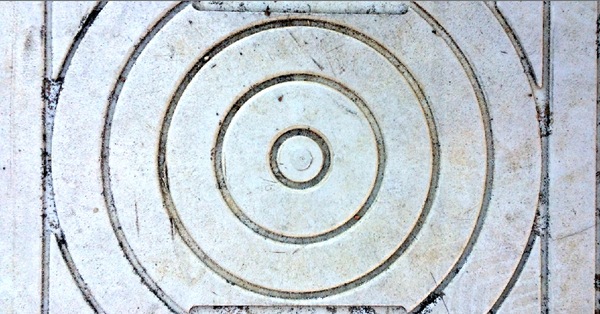As a part of initiatives associated with its new
Sustainability Action Lab (SAL),
Strothoff International School is applying the
Doughnut city portrait methodology to move the school in a more sustainable direction. This work started in May 2020 and is expected to continue through the academic year and beyond.
Using the
'Creating City Portraits' tool, part of downscaling the
Doughnut to the city level in Amsterdam, a group of teachers at our school is exploring the 4 lenses (local/social, local/ecological, global/social, global/ecological) for considering how to promote a thriving community within the boundaries of the planet. The interested teachers formed a special committee to focus on applying the
Doughnut model in the school context. This committee was added to a group of standard committees being set up for the school’s regular
IB /
CIS /
NEASC re-accreditation work. There will be quite a bit of overlap between the Doughnut committee and the work of other re-accreditation committees.
The first sessions focus on the local/social lens. This is familiar territory for schools, but CoVID-19 has put a new spin on discussions of student thriving and we are working on bringing students more significantly into the conversation. We are considering how to research what thriving looks like, for both students and staff, and what actions can be taken to improve thriving in the community.
But though the impetus to get started came from teachers, we are working to put students in the lead. A group of students from the Sustainability Action Lab are developing a research plan, using their emerging skills in systems thinking and design thinking learned from a new
Youth Mayors Field Guide (a tool for this will be added to the DEAL soon!) to explore these issues and collaborate with the teachers in the committee. Another group of SAL students is exploring our current mission and vision to examine whether it is still fit for purpose; they too have the Doughnut in mind.
We are just at the beginning of our journey to apply the Doughnut to school development, but already we are very excited about exploring all the lenses. At the moment, several teachers are developing a biomimicry module, starting in February, for the students in the Sustainability Action Lab. We are already anticipating some interesting links between the student work in that module and the exploration of the local/ecological lens.
If you are interested in sharing ideas around the application of the Doughnut for school development, please feel free to contact me (Jennifer Brandsberg-Engelmann) at:
sustainability@strothoff-international-school.de
Or you can share your interest in the comments below.



Gisèle Legionnet-Klees
Düsseldorf
How can we bring together education and technology to change from extractive to regenerative? This community may find answers